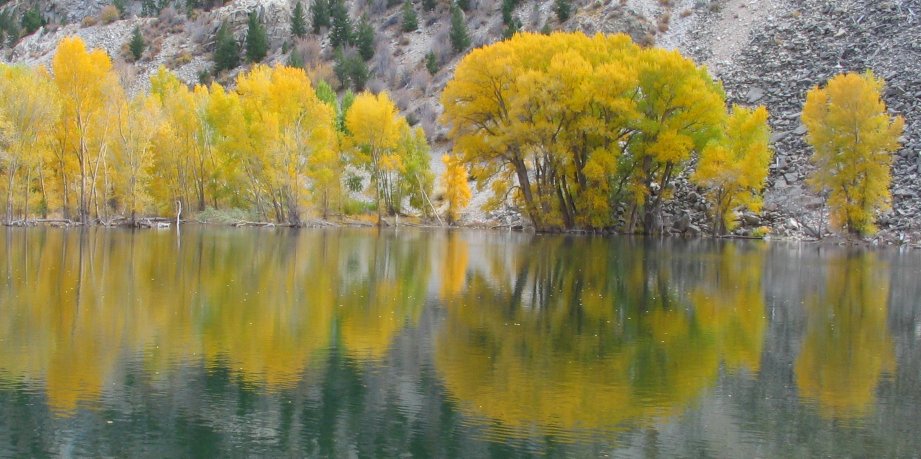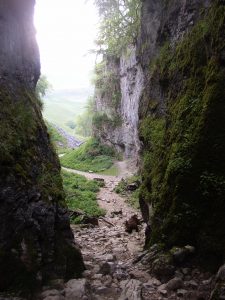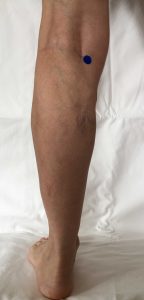
Winter is here in South Australia with some frosts and very cold nights. And I’m peeing more. Sorry to be so personal, but it happens to most of us in the winter. Turns out that because we sweat less in cold weather, the body has to find alternative ways of disposing of fluids. It does that by sending more fluid to the kidneys to be processed which is then passed on to the bladder to be peed out.
People who already have issues of the urinary system are more challenged in the winter because of the effect of the cold. This aligns with the Chinese medicine view of Cold as an external pathogen that enters the body and affects the organs of the Water Element, namely the Bladder and Kidneys.
Last time I foreshadowed that I would be examining the xi-cleft points (also known as the accumulation points) in the coming year, each of them in its related season. First out of the blocks is the xi-cleft point of the Bladder meridian, the yang organ of the Water Element. Remember, these points are known best for treating acute conditions and for pain.
Bladder 63 ~ Jinmen ~ Golden Gate
One of the conditions I frequently encounter in clinic, especially in my older clients, is muscle cramping in the backs of the legs, in the hamstrings or calves. Bladder 63 addresses this given that it treats acute pain along the channel. The Bladder channel has a very long pathway of 67 points, starting at the eyes, moving over the top of the head, down the back of the neck, all the way down the back parallel to the spine, through the sacrum and buttocks, then down the back of the leg through the hamstrings and calves before slipping sideways in the lower leg, under the outer ankle bone, and along the side of the foot to the little toe.
Given the length of the pathway, there are plenty of places where acute pain can arise and be treated with this point. It is particularly well known for treating pain in the low back, knees, legs and ankles.
One interesting note in the classics is that it treats White Tiger joint disease which is said to produce pain like a tiger gnawing on one’s toes. Thankfully, I’ve never encountered a tiger in this way, but it certainly sounds excruciating. We now know that this was the ancient name for gout, and was associated with an attack of pathogenic Wind, Cold, Damp or Heat, producing pain and heaviness in muscles and tendons, and constriction in the joints.
The xi-cleft points tend to have a direct effect on acute conditions of their corresponding organs. This point has a less powerful effect on the Bladder than other xi-cleft points do, but it can be used to treat urinary issues including difficult or painful urination. It regulates the flow of water in the body.
The point also pacifies Wind, thereby treating shaking conditions such as shivering, epilepsy and malaria.
Some modern sources recommend the xi-cleft points in cases where the associated emotion has become overwhelming. In this case it is the emotion of fear. When we are overwhelmed with responsibilities and fearful that we don’t have enough in reserve to cope, Golden Gate can be opened to gain access to the resources of Water. When we are frozen with fear, Bladder 63 supports us to let go and to surrender into the flow of our life.
These psycho-emotional connotations of Jinmen are reinforced by the fact that it is an important point of the Yang Wei Mai or Yang Linking Vessel, one of the Eight Extraordinary Vessels. Yang Wei is related to issues of moving forward in the world, using the resources of the Du Mai or Governor Vessel to take action in life. It relates to how we manage emotion to become effective social beings. And it is about how we individuate to become our unique expression of True Nature in the world.
Golden Gate is indeed a doorway to our inner riches.
Location of Bladder 63
The point is located on the side of the foot in a depression of the cuboid bone, posterior to the tuberosity of the 5th metatarsal. Slide your finger up the side of the foot from the little toe until you find the large bump in the middle of the foot. Go over that to the other side and up a little until your finger fits into a small hollow. Hold for about 3 minutes on each foot.


 Yingu is the Water point on a Water meridian. Such points are referred to as horary points or Element of the Element points. They have a profound influence upon the Element, in this case, shaking up the Water and revitalising the Kidney Qi. They have a cleansing, enlivening and balancing effect and can provide treatment of the Element at depth.
Yingu is the Water point on a Water meridian. Such points are referred to as horary points or Element of the Element points. They have a profound influence upon the Element, in this case, shaking up the Water and revitalising the Kidney Qi. They have a cleansing, enlivening and balancing effect and can provide treatment of the Element at depth.